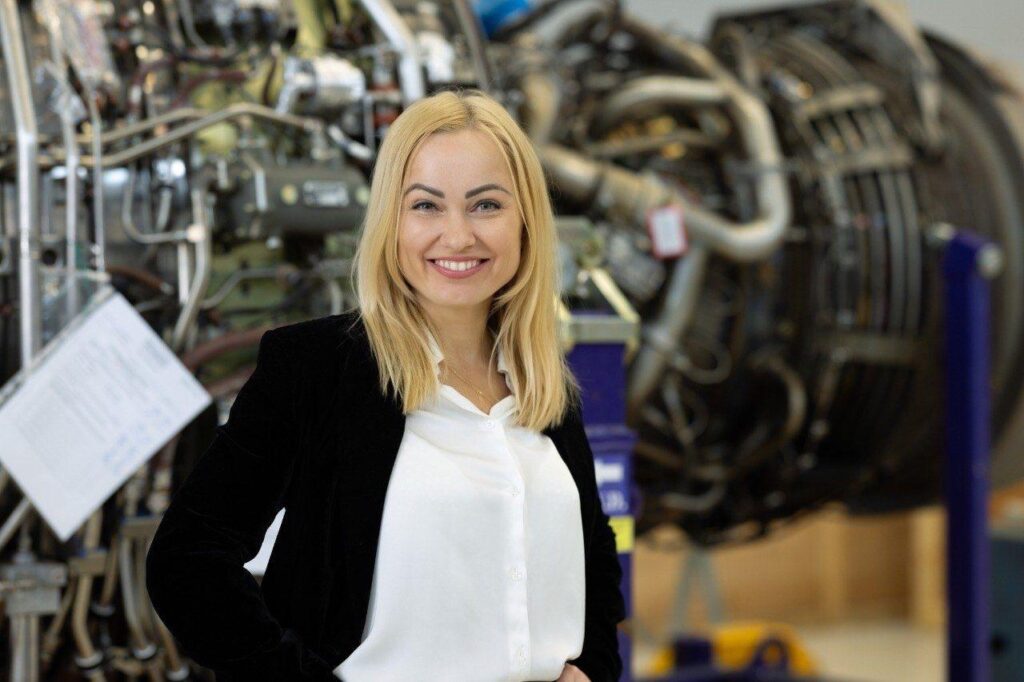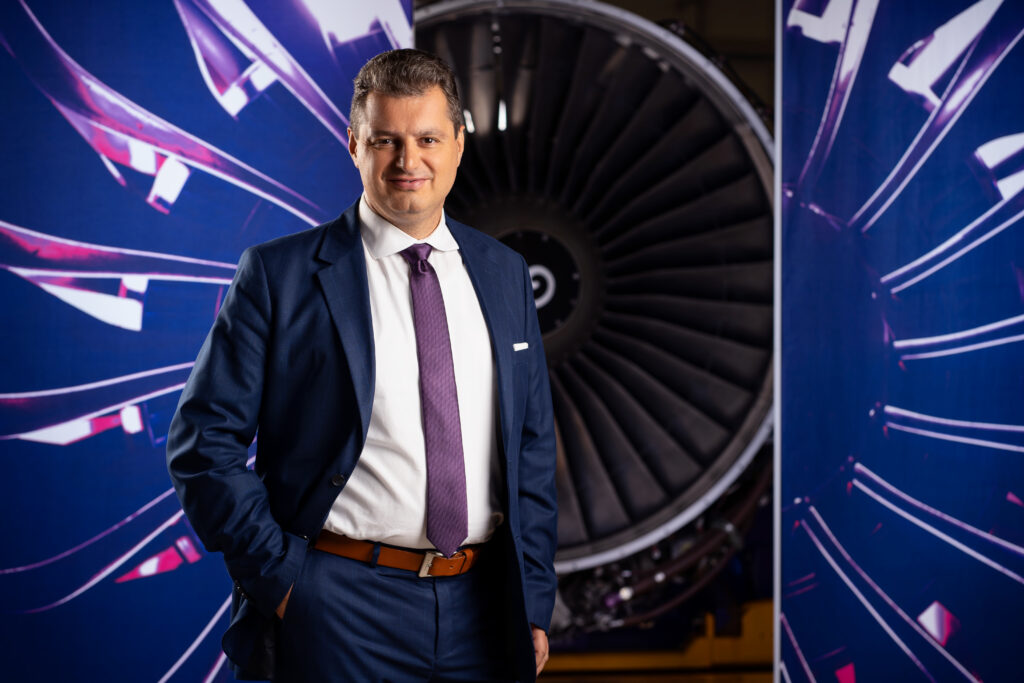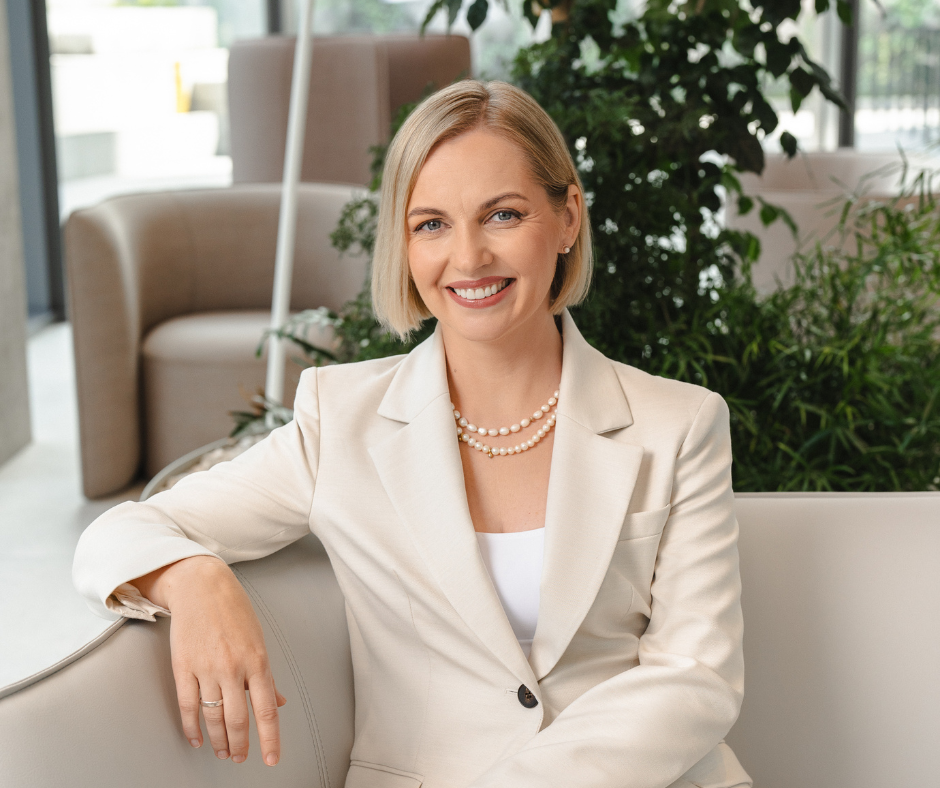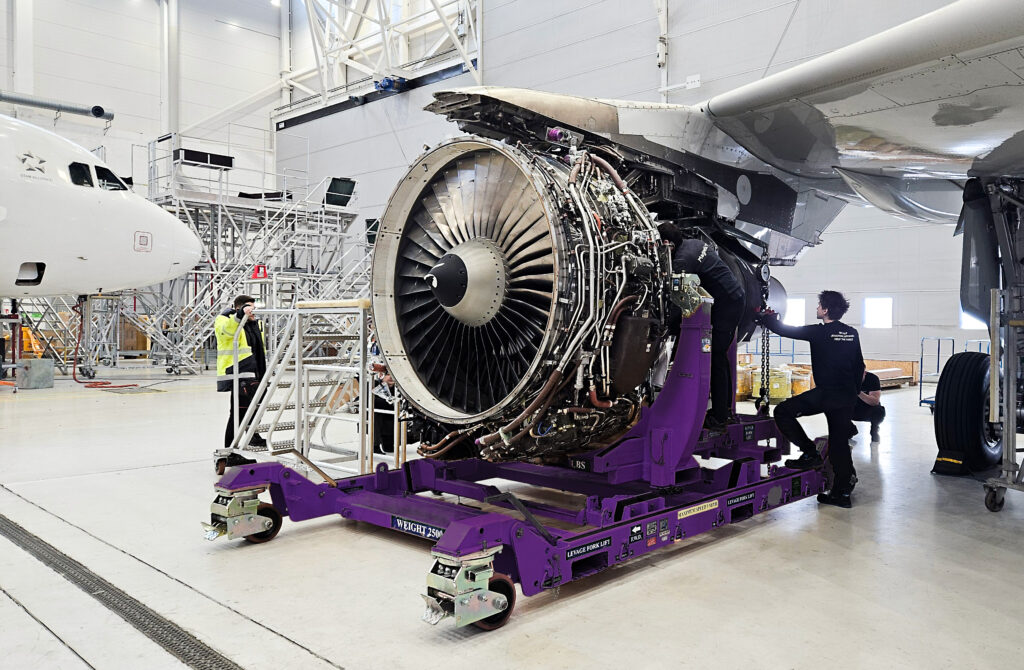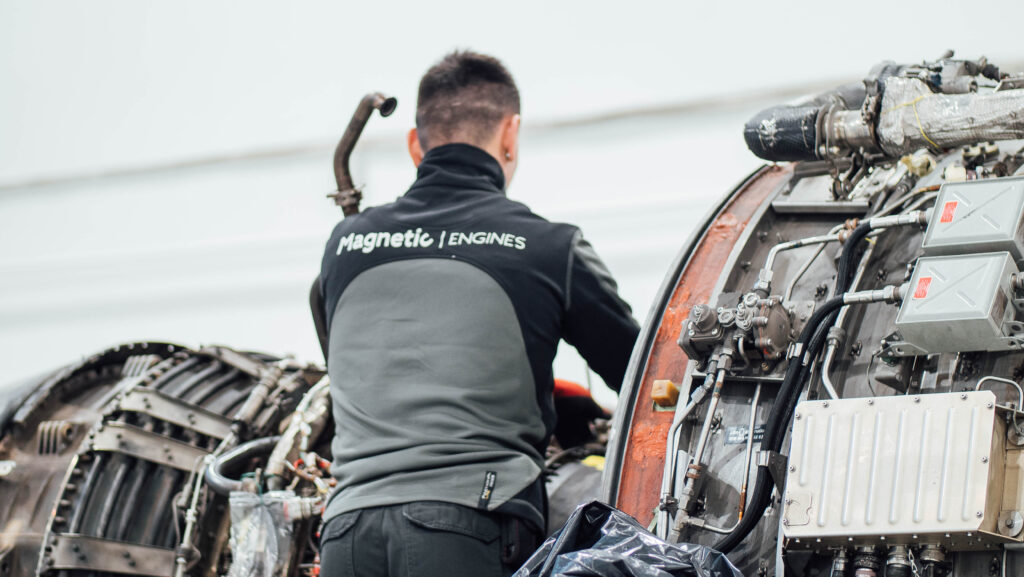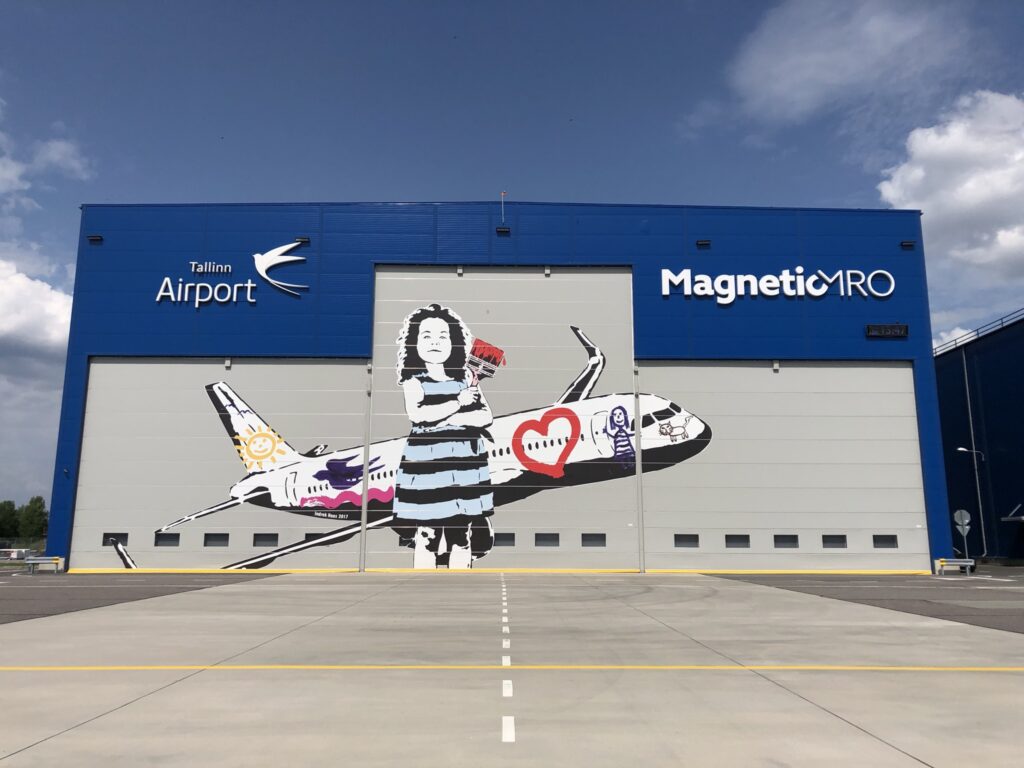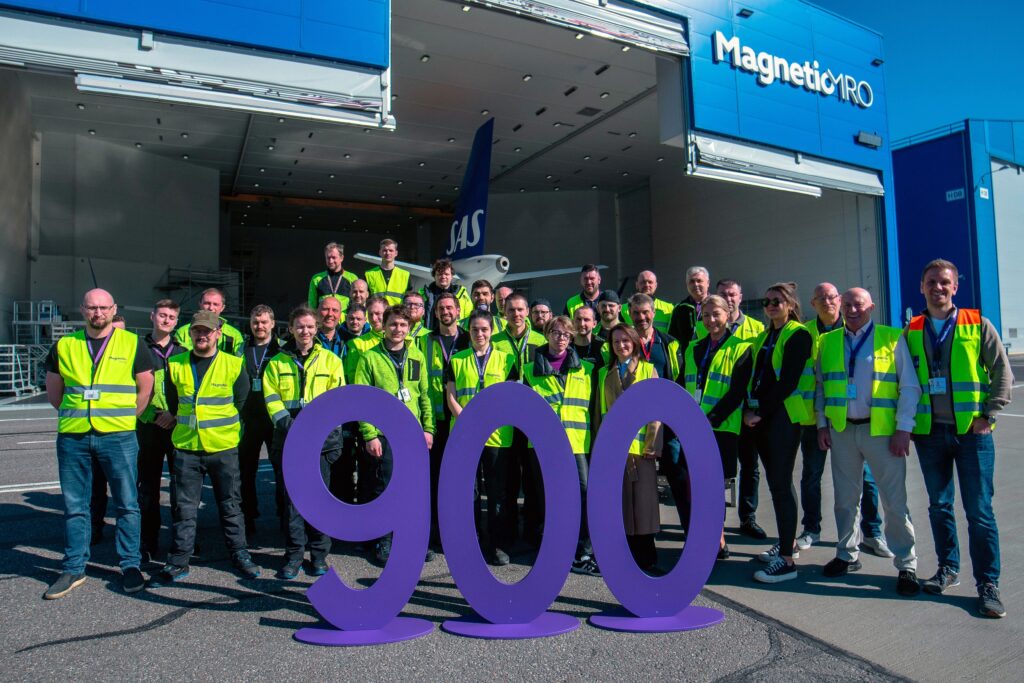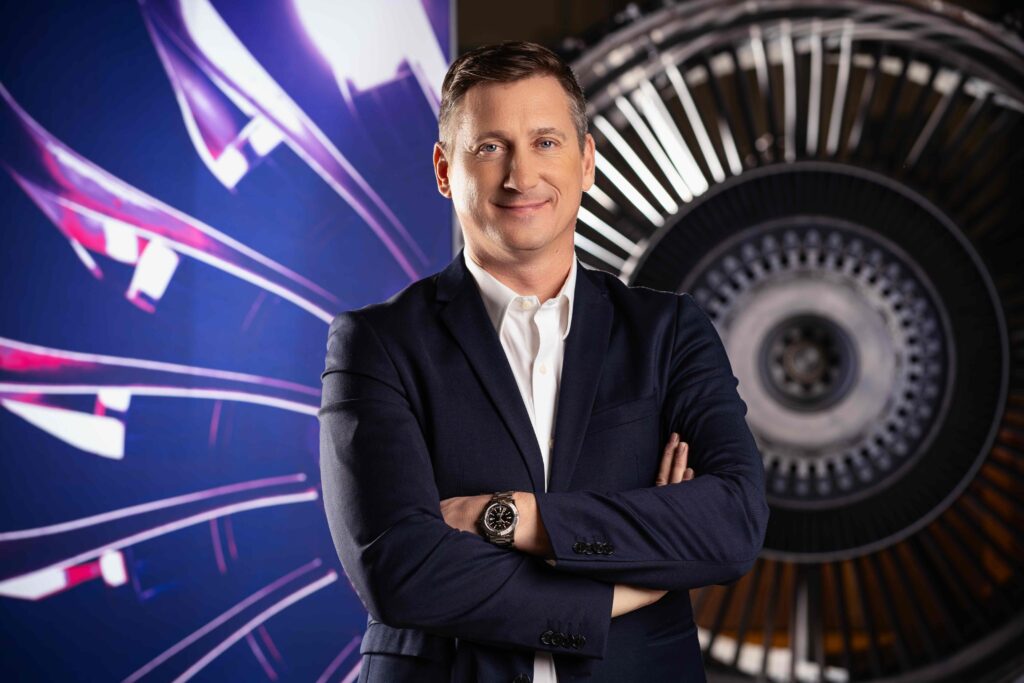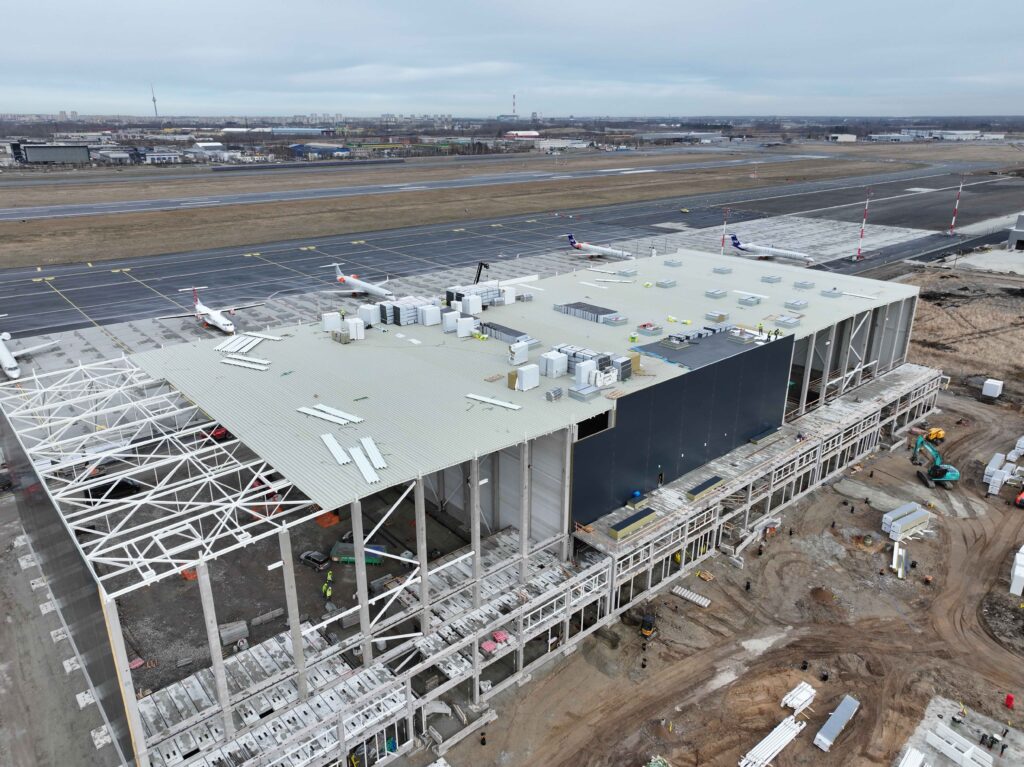"Micromanagement of an aircraft on a subassembly level” is the key to maximising the value of aircraft at the end of their operational lives.
“Sweating the asset” is a well-used phrase to describe the practice of getting every bit of value from a possession or property. In aviation, the asset we refer to most is an aircraft and airlines certainly like to ensure they get the maximum value from the asset in which they have invested.
That usually means high utilisation. After all, an aircraft makes money for an airline by being in the air. But what about the asset as it ends its operational life? How much value can be extracted at that point of its life cycle?
It has been said that there’s no such thing as an aircraft. Its several thousand components joined together at a point in time and flying. When a ‘collection’ stops flying, not every one of those components is worn out, so there is value within those waiting to be released.
Practising an ‘art’
Decommissioning an aircraft and disassembling it – also known as teardown, although this makes it sound like it is being ripped apart, which it certainly is not – is a specialist task. That’s why I agree with one of our competitors which refers to “the ‘art’ of aircraft teardown” on its website. Done properly, it enables many parts and components to be put back into operation, either via the previous owner’s own spares stores or via sale on the open market.
I believe, however, that the ‘art’ can be taken to a higher level, because the whole process is more than mere teardown. The big challenge facing owners and lessors is to maximise the yields on the end-of-life assets. The potential returns here are not being realised, because there has not been smart enough micromanagement of the aircraft on a subassembly level.
When it comes to disposal, an aircraft is often looked at as a whole. There is very little done in the manner of what we call a ‘Lego-project’. To explain this, imagine you have a package of four Airbus A320s coming out of operation. One has high cycles on the airframe, so it needs to pass the extension programme on the fuselage; another one has run out its LLPs (and there is no point in organising a full overhaul because it’s just going to be too costly); another one might have landing gear problems and the fourth perhaps APU issues.
To help airlines in a situation like this, we put together a Lego-project. We use a fuselage which has enough life, refresh its livery, install a new cabin, take engines from another aircraft and landing gears from a third one, and we make a ‘flyer’. The airline then gets an aircraft which can serve maybe another 24 months until the next C-check is due. On an A320 that could be an additional $200,000 a month for 24 months, so you’re talking about $4-5 million in extra revenue.
Embracing end-of-life assets
While many lessors are content to operate in the “mid-life lease area”, very few want to be in the end-of-life lease business, because then they’d have to become an engineering office. Instead of running the financial numbers, they would need to analyse the risks on the end-of-life asset which requires a huge amount of engineering knowhow.
This is the spot that we at Magnetic MRO have filled, although we came to it as a maintenance provider which added asset management knowhow. It’s rare that you see MRO providers with both an MRO mindset and a capability to analyse the asset from a financial perspective. Those who master it will be better off, because there is a vast amount of ageing assets coming every day – 9,100 aircraft expected to retire over the period from 2017 to the end of 2026, according to ICF. Of these, 23% will be from the A320 family and 13% from the 737NG family.
Desired outcomes
A consequence of our company’s recent change of ownership to a Chinese investor will give you an idea of what most asset managers want from the end-of-life process. In China 15-year-old assets come out of operation regularly, as airlines there generally have young fleets. But 15 years old is not old in Europe and such airframes will have quite a bit of life left in them. So there is value to be released there, which is what owners and asset managers seek.
Also, under our new ownership structure, a gateway has opened into Chinese markets. The first and most noticeable difference is that in the area of end-of-life asset management, airlines are seeking risk-and-reward-sharing solutions. While there may not be financial gain in the short-term, there will be long-term visibility and access to assets before they become publicly available. So I’m convinced that it is just a matter of time before more airlines seek to partner-up in such programmes.
Setting standards
Teardown and parts recovery, as noted, must be handled carefully as there are environmental issues to consider. There is also the considerable task of keeping the documentation of each re-usable part in order.
The overall teardown process is not yet deeply regulated, but this looks set to be rectified. IATA has put together the Aircraft Decommissioning Industry Group (ADIG) which is putting together guidelines that will be pushed forward to tackle industry concerns over end-of-life assets and the decommissioning for airframes. We’re honoured to be members of this group and to help to set industry standards.
ADIG’s role is to develop best practices to manage aircraft decommissioning in a controlled process, taking into account safety, economics and the environment. These will be complementary to those already established for the dismantling and recycling process itself. It will become an industry regulation, just as EASA Part 145 regulates the MRO industry or Part 147 regulates training.
Until now, most of the end-of-life management, the teardown process and the environmental issues have been a local country’s concerns. The IATA document will change that and provide a global benchmark for decommissioning.
Profiting from parts
Once teardown is completed, the options for how the recovered parts are used can range from the customer taking them back for stock for their own use, marketing the parts on the open market via outright sales, deploying them in an exchange pool, or continuing their life as leased assets.
At Magnetic MRO, we mostly acquire the assets and keep ownership of the parts before selling them, but as I mentioned, some airlines are looking for partnerships. While buying, tearing down and selling is pretty straightforward, in a risk-and-reward-sharing programme we can evaluate assets in a much more optimistic way.
Right now, we have about 80 part numbers on a narrowbody aircraft which stand to carry a price tag. In a partnership though, some low-value parts with life left could find a place with the operator, which is what we are discussing with potential partners. Re-use will certainly happen more, especially now that the A320ceo-to-neo change has happened. There is little difference between the A320ceo and the A320neo and it’s the same with the 737NG and 737 MAX.
MRO – the next generation
The team at Magnetic MRO is convinced that our new approach to end-of-life asset management of aircraft is actually a move into a new generation of MRO services. We saw 10 years ago that MROs were cheap labour providers and to survive they transformed into total technical care providers. I think the transition to a third phase will see MROs raising capital and entering into asset management tasks in addition to their powerhouses. Put simply, few understand the underlying risks of end-life – we praise it.
Asset owners, asset managers, airlines and lessors will all benefit from the new services that Magnetic MRO is offering. The biggest gain will be in the partnerships. Those risk-and-reward-sharing programmes will see both parties – airline and MRO provider – benefit considerably.
That’s why I believe we are on the brink of the third generation of the MRO industry.





